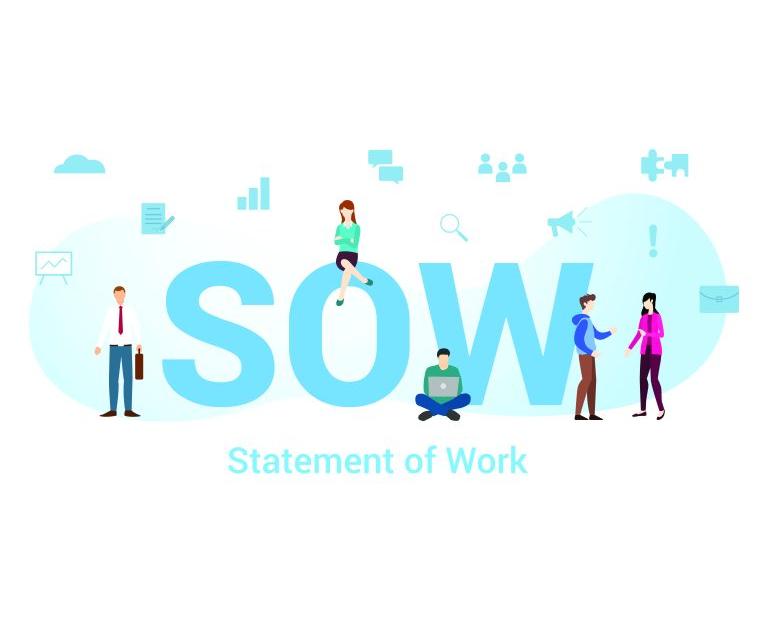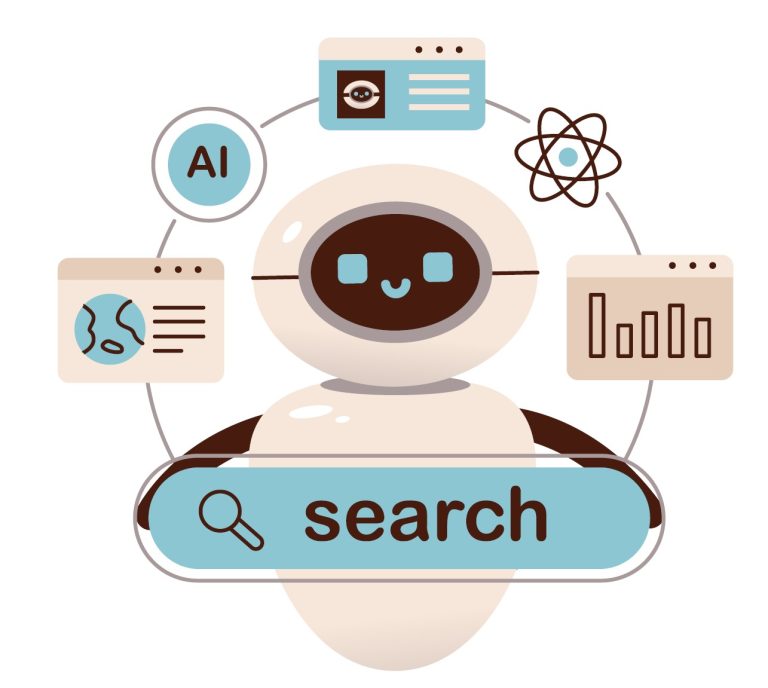By: Rick Carlson, Sales & Recruiting Management Program Director
The “Great Resignation” is upon us and offers a terrific opportunity to change one of our client’s most costly & poor practices. Like the hiring freezes that followed the Y2K rush and the 2008 Financial meltdown, these rare market “problems” can offer hidden opportunities to change behavior and improve our sales. In the years of “hiring freezes”, staffing companies were able to turn a perceived negative into a positive by replacing higher paid contingent workers with similar-in-quality, lower priced, IT talent. Thus, pushing out competitors’ people only to be replaced by their own.
For those who follow “The Challenger” Sales Methodology, the most important thing that we can do to change client behavior is to provide our clients with a different viewpoint or perspective.
The Great Resignation offers us that opportunity. For years we have tried to impart a sense of urgency when it comes to clients acting upon candidates that have been presented for hire. Yet the slow, outdated, and moribund practices that are still in place today cause our clients to lose candidates that might otherwise be perfect fits for their organizations.
David Brooks, SVP & CTO at Cox Automotive, recently discussed the importance of the candidates’ “experience” while embarking upon the interview process.
“We have shortened our interview process to ensure that it reflects the practices of a solid technology team. Inefficient or slow processes could lead candidates to view our company as bureaucratic, and therefore less attractive. So, we focus on speed and efficiency.”
Looking bureaucratic and unattractive is just one issue that clients need to consider as you help them revamp their internal hiring process. Think for a moment about the impact that slow hiring has on the existing employees. When there is an open position in an organization, the accompanying responsibilities do not go away. They simply get added to the plate of others already working in the organization.
While this seems unavoidable, the burden is significant. All employees are testing the market to see what their current value is, based on their personal skills. They want to know what they may be worth should they ever decide to leave. As we see in the myriad of surveys as to “Reasons why people leave their jobs”, compensation by itself is typically not enough of a motivator to change careers.
Along with compensation, respect; opportunities to advance; flexibility to work from home; internal relationships; being aligned with a company’s purpose; and balanced workloads; are all reasons why employees choose to stay with their current employer. But when jobs do not get filled in a reasonable timeframe, workloads increase on the current team members. As people accept the ever-increasing responsibilities put on them (usually with no additional remuneration), the level of employee departures increases and those that remain gain even more unwanted responsibility. Suddenly, the higher potential compensation that exists outside their current employer becomes enticing. And thus, the domino effect of unexpected departures grows.
How can clients avoid this?
- Commit to expediting the hiring process. Help your clients build Service Level Agreements (SLA’s) for hiring managers to reduce the time for each of the steps in the process.
- Measure everyone’s performance, i.e., what percentage of candidates submitted actually get interviewed. Focus on reducing the time to fill (from date of req being distributed to the day that the candidate starts).
- Share market rates for specific job categories so clients can identify who else in their organization might be vulnerable to leaving.
Provide a different “perspective” and help your clients change old (and bad) hiring habits to attract and retain top talent.












